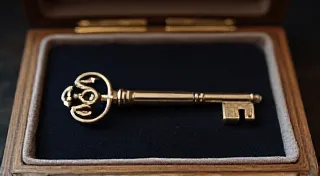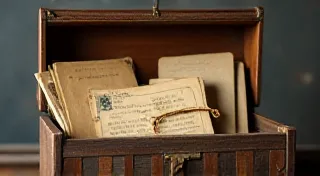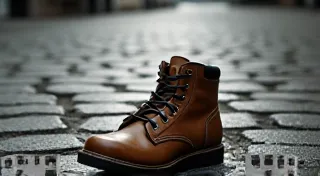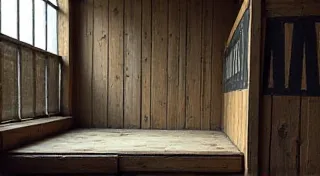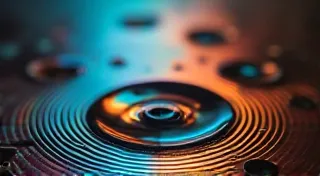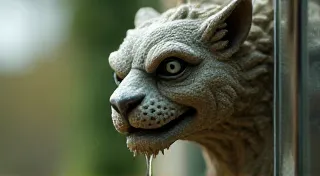Footprints in the Fabric: How Early Feet Shaped the Silhouette of the Victorian Era
The rhythmic whir of a vintage sewing machine isn’t just a sound; it’s a whisper of history, a chorus of skilled hands, and a testament to human ingenuity. For those of us drawn to antique sewing machines, it’s a connection to a time when clothing wasn't mass-produced, and the artistry of the seamstress was a respected and vital craft. While we admire the machines themselves—the ornate castings, the ingenious mechanisms—it’s easy to overlook a small but crucial element: the sewing machine foot. These unassuming pieces of metal weren't merely attachments; they were pioneers, dictating what could be sewn, and subtly sculpting the very silhouette of the Victorian era.
I remember the first time I truly appreciated the importance of a vintage foot. I was restoring a 1880s Singer 27, determined to make it truly functional. I'd replaced belts, cleaned gears, and polished the body until it gleamed. But the original foot, a simple, straight design, simply wouldn’t cooperate with the delicate silks and velvets I wanted to sew. It dragged, puckered, and generally made a mess. It was a frustrating lesson: a perfect machine needs a compatible foot to perform its best.
The Early Days: A Landscape of Limited Options
Early sewing machine feet were far from the specialized array we have today. Imagine a world where a seamstress had limited options – perhaps a straight stitch foot, a buttonhole foot (often quite rudimentary), and maybe a simple gathering foot. The designs were dictated by the technology of the time; casting techniques were developing, and the understanding of fabric interaction was still nascent. These constraints directly impacted the types of garments that could be efficiently produced.
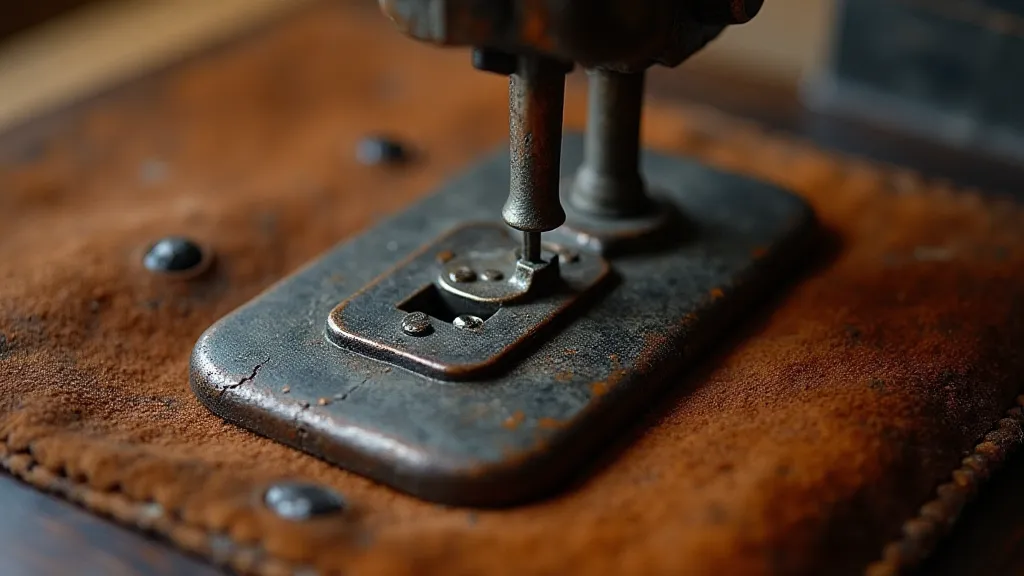
In the early to mid-19th century, when sewing machines first gained traction, clothing construction was evolving. The previous reliance on hand-sewing, with its inherent limitations, meant garments were often simpler in design, and tailoring was a significant investment. The advent of the sewing machine offered the possibility of quicker production, but the limitations of the early feet themselves restricted the possibilities. Think about the voluminous skirts of the 1840s and 50s. While the machine could handle the seams, delicate fabrics often required careful hand-finishing, especially when dealing with intricate drapery or complex pleating.
The Rise of the Gathered Foot and its Influence
The introduction of the gathered foot was a pivotal moment. Prior to this, gathering fabric was a laborious hand-sewing task. The gathered foot, with its unique serrated edge, allowed the machine to create ruffles and gathers with relative ease. Suddenly, skirts could be fuller, sleeves could be more dramatically puffed, and bodices could boast more elaborate detailing. This innovation directly influenced the silhouette of the 1860s and 70s, a period characterized by its opulent and highly structured fashions.
My grandmother, a skilled seamstress who learned her craft on a Singer treadle, often spoke of the ease with which she could create elaborate ruffles using a gathered foot. She recalled her mother, her own grandmother, demonstrating the technique, patiently explaining the subtle adjustments needed to achieve the perfect gathers. These weren't just skills passed down; they were traditions, connecting generations of women through the shared craft of sewing.
Buttonholes and Beyond: Expanding Capabilities
Early buttonhole feet were notoriously challenging, often requiring significant skill and practice to produce a decent result. They were rarely as precise as the modern buttonhole feet we know today, meaning buttonholes often needed to be reinforced or hand-finished. However, as casting techniques improved, more specialized feet began to appear—feet designed for pleating, for embroidery (though still very rudimentary), and for creating various decorative stitching effects. These additions gradually expanded the range of fabrics and garment styles that could be produced with a sewing machine.
Consider the rise of tailored garments in the late Victorian era. The ability to create accurately fitted seams and buttonholes, even with the limitations of early feet, contributed significantly to the growing popularity of suits and other structured garments. The sewing machine wasn't just speeding up the process; it was enabling a new level of precision and complexity in clothing construction.
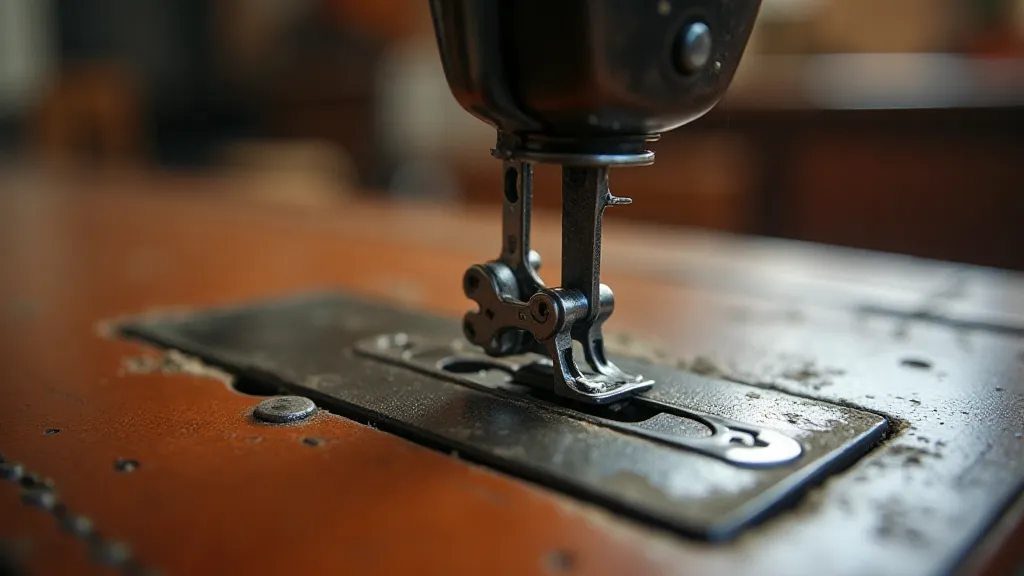
Collecting and Restoration: A Glimpse into the Past
Collecting antique sewing machine feet isn’t just about acquiring a piece of metal; it’s about holding a fragment of history in your hand. Each foot tells a story—a story of innovation, adaptation, and the evolving relationship between technology and fashion. Restoration, too, offers a unique opportunity to connect with the past, to understand the challenges faced by early seamstresses, and to appreciate the ingenuity of the machine's creators.
I’m currently working on a project restoring a collection of early Singer feet, meticulously cleaning and polishing each one. It's a painstaking process, but incredibly rewarding. I often wonder about the hands that held these feet, the garments they helped to create, and the lives they touched. They were essential tools in a world where clothing was both a necessity and a powerful expression of social status and personal style. Each foot is a subtle, yet profound, footprint in the fabric of the Victorian era—a testament to the enduring power of human creativity and the ongoing evolution of fashion.
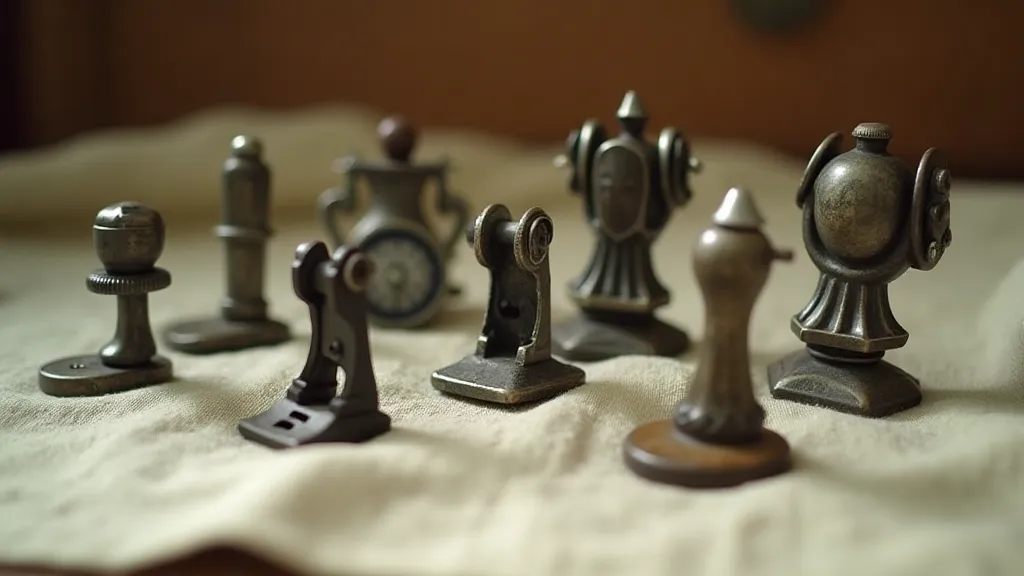
The unassuming sewing machine foot, often overlooked, played a surprisingly significant role in shaping the Victorian silhouette. Its evolution reflects the broader technological and social changes of the era, and it serves as a tangible link to the skilled craftspeople who brought fashion to life.
